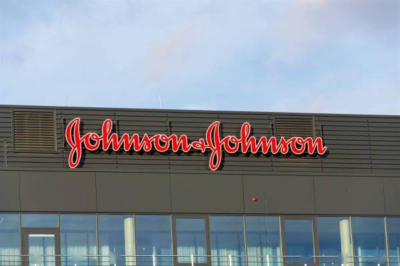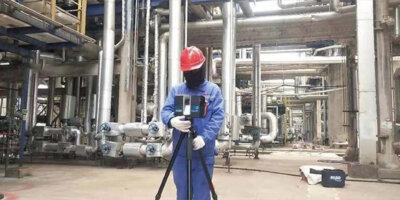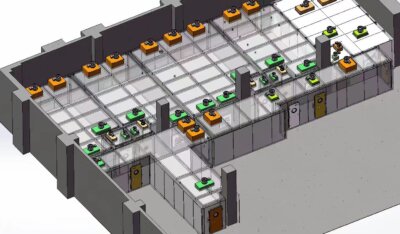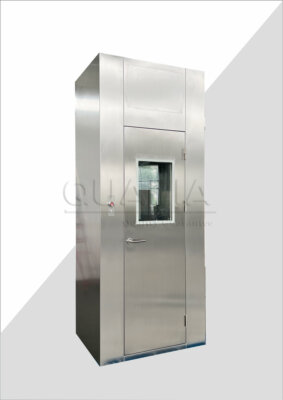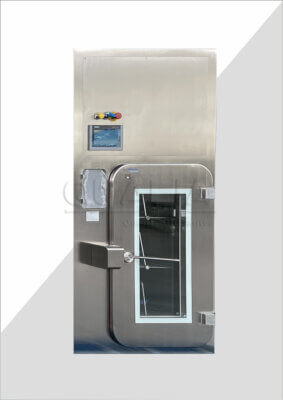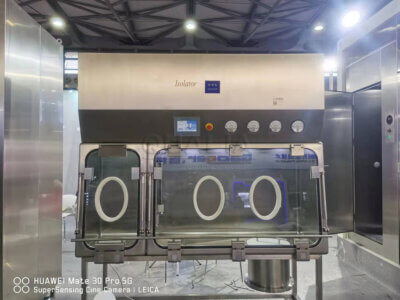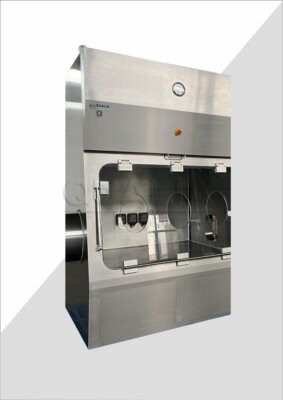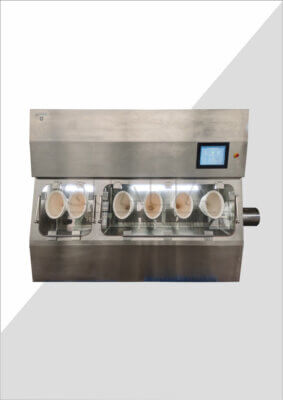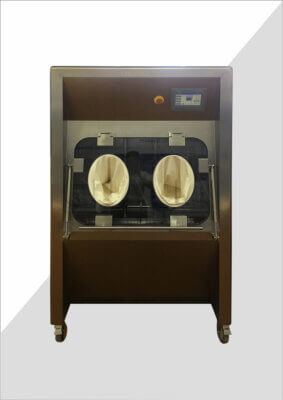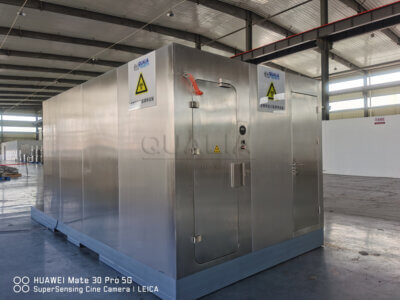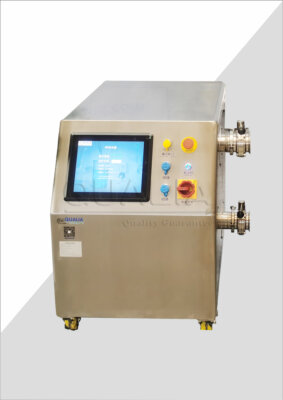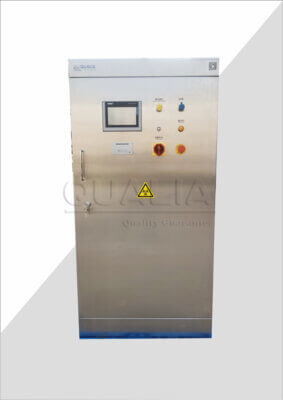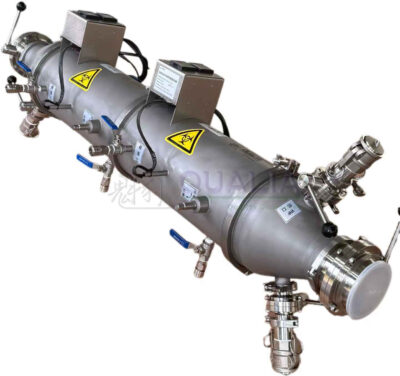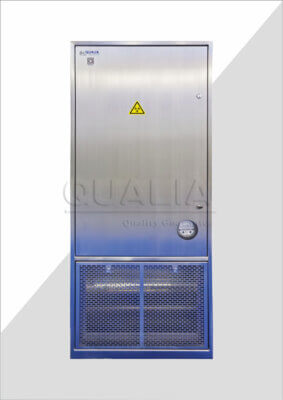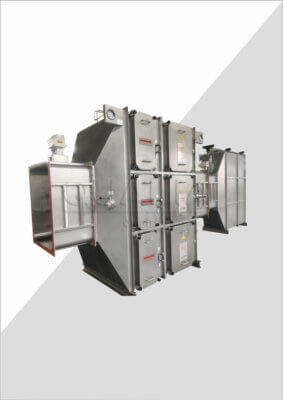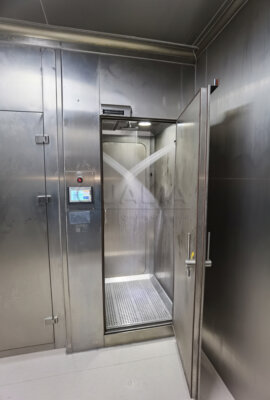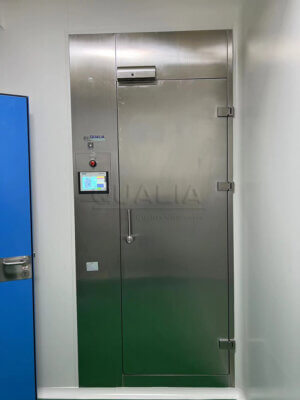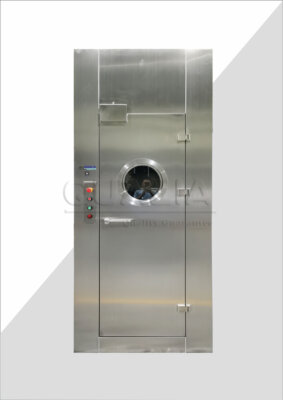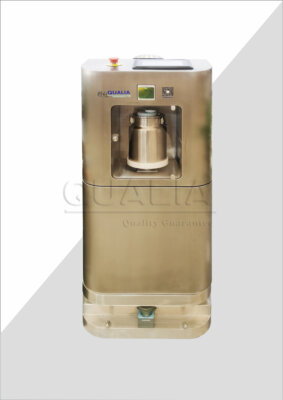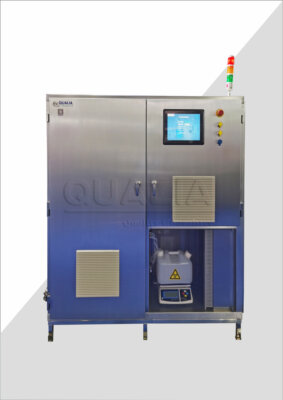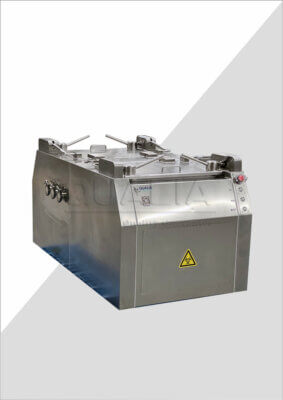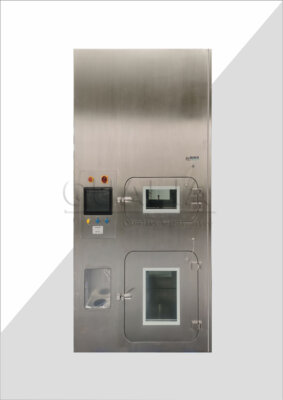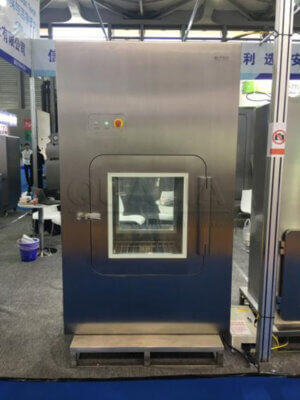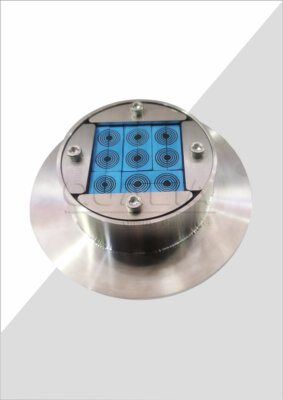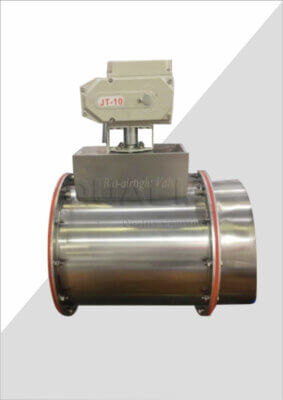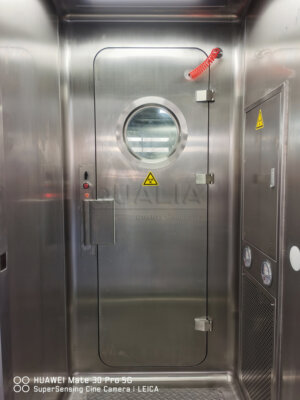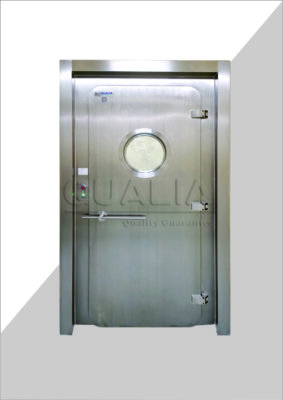In the ever-evolving landscape of healthcare, maintaining sterile environments is paramount to patient safety and successful medical outcomes. Cleanroom sterilization practices have become increasingly sophisticated, combining cutting-edge technology with rigorous protocols to ensure the highest standards of cleanliness. This article delves into the best practices for healthcare cleanroom sterilization, exploring the latest techniques, equipment, and guidelines that are shaping the industry.
The importance of cleanroom sterilization in healthcare cannot be overstated. From surgical suites to pharmaceutical manufacturing facilities, these controlled environments are critical in preventing contamination and maintaining the integrity of medical procedures and products. As healthcare-associated infections continue to be a significant concern, the role of effective sterilization methods becomes even more crucial.
As we explore the world of healthcare cleanroom sterilization, we'll uncover the key factors that contribute to a successful sterilization program. From choosing the right disinfectants to implementing state-of-the-art sterilization equipment, each element plays a vital role in creating and maintaining a sterile environment. We'll also examine the regulatory landscape and best practices that guide healthcare facilities in their sterilization efforts.
"Effective cleanroom sterilization is the cornerstone of infection prevention in healthcare settings, directly impacting patient outcomes and the quality of medical products."
This comprehensive guide will provide valuable insights for healthcare professionals, facility managers, and anyone involved in maintaining sterile environments in medical settings. By understanding and implementing these best practices, healthcare facilities can significantly reduce the risk of infections and ensure the highest standards of patient care.
What are the fundamental principles of cleanroom sterilization in healthcare?
The foundation of effective cleanroom sterilization in healthcare rests on a set of fundamental principles that guide all practices and procedures. These principles ensure that sterilization efforts are consistent, thorough, and aligned with the highest standards of patient safety and care quality.
At its core, cleanroom sterilization in healthcare is about creating and maintaining an environment free from viable microorganisms. This involves a multi-faceted approach that combines proper cleaning techniques, appropriate use of disinfectants and sterilants, and rigorous monitoring and validation processes.
One of the key principles is the concept of bioburden reduction. This involves systematically reducing the number of microorganisms present on surfaces and in the air through a series of cleaning and disinfection steps. Another crucial principle is the use of validated sterilization methods that have been proven effective against a wide range of pathogens.
"The success of cleanroom sterilization in healthcare depends on adhering to a hierarchy of cleaning, disinfection, and sterilization processes, each building upon the other to achieve and maintain a sterile environment."
| Principle | Description |
|---|---|
| Bioburden Reduction | Systematic reduction of microorganisms |
| Validated Methods | Use of proven sterilization techniques |
| Continuous Monitoring | Regular testing and verification of sterility |
| Personnel Training | Ongoing education on proper sterilization procedures |
Implementing these fundamental principles requires a comprehensive approach that encompasses all aspects of cleanroom operations. This includes the design of the cleanroom itself, the selection and maintenance of equipment, the training of personnel, and the establishment of standard operating procedures.
By adhering to these principles, healthcare facilities can create a solid foundation for their sterilization efforts, ensuring that their cleanrooms meet the highest standards of cleanliness and safety. This not only protects patients and staff but also contributes to the overall quality and effectiveness of healthcare services provided.
How does cleanroom classification impact sterilization procedures?
Cleanroom classification plays a crucial role in determining the appropriate sterilization procedures for healthcare environments. The classification system, based on the number and size of particles permitted per volume of air, directly influences the level of cleanliness required and the methods used to achieve and maintain sterility.
In healthcare settings, cleanrooms are typically classified according to ISO 14644-1 standards, with ISO Class 5 being the most stringent and commonly used for critical applications such as aseptic processing. As the classification number increases, the allowable particle count increases, and the stringency of sterilization procedures may be adjusted accordingly.
For higher classification cleanrooms (e.g., ISO Class 5 or 6), more frequent and rigorous sterilization procedures are necessary to maintain the required level of cleanliness. This often involves the use of advanced sterilization technologies such as vaporized hydrogen peroxide (VHP) systems, which are particularly effective in these controlled environments.
"The cleanroom classification dictates not only the frequency and intensity of sterilization procedures but also the types of sterilants and equipment that can be effectively used to maintain the required level of sterility."
| Cleanroom Class | Particles ≥0.5µm/m³ | Typical Applications |
|---|---|---|
| ISO 5 | 3,520 | Aseptic processing, critical surgeries |
| ISO 6 | 35,200 | Fill areas for sterile products |
| ISO 7 | 352,000 | Medical device manufacturing |
| ISO 8 | 3,520,000 | Packaging of medical supplies |
The impact of cleanroom classification on sterilization procedures extends beyond just the frequency and methods used. It also affects the design of the cleanroom, the materials used in construction, and the protocols for personnel entry and exit. For example, higher classification cleanrooms may require specialized air handling systems and more stringent gowning procedures to minimize contamination risks.
Understanding the relationship between cleanroom classification and sterilization procedures is essential for healthcare facilities to develop effective sterilization strategies. By aligning their practices with the specific requirements of their cleanroom class, facilities can ensure that they are meeting regulatory standards and providing the safest possible environment for patients and medical products.
What are the most effective sterilization methods for healthcare cleanrooms?
Selecting the most effective sterilization methods for healthcare cleanrooms is crucial for maintaining a sterile environment and ensuring patient safety. The choice of method depends on various factors, including the type of materials being sterilized, the level of sterility required, and the specific challenges posed by the healthcare environment.
One of the most widely used and effective methods is steam sterilization, also known as autoclaving. This method uses high-pressure saturated steam to kill microorganisms and is particularly effective for heat-resistant items. For heat-sensitive materials, low-temperature sterilization methods such as ethylene oxide (EtO) gas or hydrogen peroxide plasma sterilization are often employed.
In recent years, vaporized hydrogen peroxide (VHP) has gained popularity as a highly effective sterilization method for healthcare cleanrooms. QUALIA has been at the forefront of developing advanced VHP systems that offer efficient and reliable sterilization for a wide range of applications in healthcare settings.
"The choice of sterilization method must balance efficacy against potential material compatibility issues, with VHP emerging as a versatile solution that addresses many of the challenges faced in healthcare cleanroom environments."
| Sterilization Method | Advantages | Limitations |
|---|---|---|
| Steam Autoclave | Highly effective, fast | Not suitable for heat-sensitive items |
| Ethylene Oxide (EtO) | Effective for heat-sensitive items | Long cycle times, potential toxicity |
| Hydrogen Peroxide Plasma | Low temperature, no toxic residues | Limited penetration in long lumens |
| Vaporized Hydrogen Peroxide (VHP) | Effective, fast, compatible with many materials | Requires specialized equipment |
The effectiveness of these sterilization methods can be further enhanced by combining them with proper cleaning and disinfection procedures. For instance, using a cleanroom sterilization for healthcare system as part of a comprehensive sterilization protocol can significantly improve the overall sterility of the cleanroom environment.
When selecting a sterilization method, healthcare facilities must consider factors such as the types of microorganisms likely to be present, the materials and equipment that need to be sterilized, and the potential for residual toxicity. Additionally, the chosen method should be validated to ensure it consistently achieves the required level of sterility.
By carefully evaluating these factors and selecting the most appropriate sterilization methods, healthcare facilities can create a robust sterilization program that effectively maintains the cleanliness and safety of their cleanroom environments.
How do cleaning and disinfection protocols support sterilization efforts?
Cleaning and disinfection protocols are fundamental to the success of sterilization efforts in healthcare cleanrooms. These protocols serve as the first line of defense against contamination and create the necessary conditions for effective sterilization to take place.
The cleaning process involves the physical removal of visible dirt, debris, and organic matter from surfaces. This step is crucial as it reduces the bioburden and removes substances that could potentially protect microorganisms from the sterilization process. Proper cleaning also ensures that disinfectants and sterilants can come into direct contact with surfaces, maximizing their effectiveness.
Disinfection follows cleaning and involves the use of chemical agents to kill or inactivate a wide range of microorganisms. While not as comprehensive as sterilization, disinfection plays a vital role in reducing the microbial load and preparing surfaces for the final sterilization step.
"Effective cleaning and disinfection protocols are the foundation upon which successful sterilization is built. Without these preliminary steps, even the most advanced sterilization methods may fail to achieve the desired level of sterility."
| Step | Purpose | Common Agents/Methods |
|---|---|---|
| Cleaning | Remove visible contamination | Detergents, enzymatic cleaners |
| Disinfection | Kill or inactivate microorganisms | Quaternary ammonium compounds, alcohols |
| Sterilization | Eliminate all viable microorganisms | Steam, VHP, EtO |
To support sterilization efforts, cleaning and disinfection protocols must be carefully designed and consistently implemented. This includes selecting appropriate cleaning agents and disinfectants that are compatible with the surfaces and materials in the cleanroom, as well as with the subsequent sterilization methods to be used.
Training personnel in proper cleaning and disinfection techniques is also crucial. This includes understanding the correct use of cleaning tools, the proper dilution of cleaning agents and disinfectants, and the appropriate contact times required for effective microbial reduction.
Regular monitoring and validation of cleaning and disinfection processes are essential to ensure their ongoing effectiveness. This may involve visual inspections, ATP testing, and microbiological sampling to verify that surfaces are being adequately cleaned and disinfected before sterilization.
By implementing robust cleaning and disinfection protocols, healthcare facilities can significantly enhance the effectiveness of their sterilization efforts. This comprehensive approach not only improves the overall cleanliness of the cleanroom environment but also contributes to better patient outcomes and reduced risk of healthcare-associated infections.
What role does environmental monitoring play in cleanroom sterilization?
Environmental monitoring is a critical component of cleanroom sterilization in healthcare settings, serving as the eyes and ears of the sterilization program. It provides crucial data on the effectiveness of sterilization procedures and helps identify potential contamination risks before they can impact patient safety or product quality.
The primary goal of environmental monitoring is to verify that the cleanroom environment meets the required standards of cleanliness and sterility. This involves regular testing of air, surfaces, and personnel to detect the presence of contaminants such as viable and non-viable particles, microorganisms, and endotoxins.
Various methods are employed in environmental monitoring, including air sampling, surface sampling, and personnel monitoring. These methods provide both quantitative and qualitative data on the cleanliness of the cleanroom environment, allowing facility managers to track trends over time and respond quickly to any deviations from established standards.
"Environmental monitoring acts as a sentinel system, providing real-time feedback on the state of cleanroom sterility and enabling proactive interventions to maintain the highest standards of cleanliness."
| Monitoring Type | Parameters Measured | Frequency |
|---|---|---|
| Air Sampling | Particle counts, microbial counts | Daily to weekly |
| Surface Sampling | Microbial contamination | Daily to weekly |
| Personnel Monitoring | Microbial shedding | Each entry/exit |
| Pressure Differential | Air pressure between zones | Continuous |
The data collected through environmental monitoring is invaluable for several reasons. First, it provides objective evidence of the effectiveness of sterilization procedures, which is crucial for regulatory compliance and quality assurance. Second, it helps identify trends or patterns in contamination, allowing for targeted improvements in sterilization protocols.
Moreover, environmental monitoring plays a key role in risk assessment and management. By continuously monitoring the cleanroom environment, facilities can identify potential sources of contamination early and implement corrective actions before they lead to more serious issues.
Advanced environmental monitoring systems, such as those integrated with cleanroom sterilization equipment, can provide real-time data and alerts, enabling rapid response to any deviations from established parameters. This level of monitoring is particularly important in critical healthcare applications where even minor contamination can have serious consequences.
By incorporating robust environmental monitoring practices into their cleanroom sterilization programs, healthcare facilities can ensure the ongoing effectiveness of their sterilization efforts, maintain compliance with regulatory standards, and ultimately provide a safer environment for patients and healthcare workers alike.
How do regulatory standards shape cleanroom sterilization practices?
Regulatory standards play a pivotal role in shaping cleanroom sterilization practices in healthcare settings. These standards, set by various national and international bodies, provide the framework for designing, implementing, and maintaining effective sterilization programs that ensure patient safety and product quality.
In the United States, the Food and Drug Administration (FDA) and the Centers for Disease Control and Prevention (CDC) are key regulatory bodies that influence cleanroom sterilization practices. The FDA's current Good Manufacturing Practice (cGMP) regulations and the CDC's guidelines for disinfection and sterilization in healthcare facilities provide detailed requirements and recommendations for maintaining sterile environments.
Internationally, standards such as ISO 14644 (Cleanrooms and associated controlled environments) and ISO 13485 (Quality management systems for medical devices) set the benchmarks for cleanroom classification and quality management in healthcare settings. These standards influence everything from the design of cleanroom facilities to the validation of sterilization processes.
"Regulatory standards serve as the foundation for cleanroom sterilization practices, ensuring a consistent and high-quality approach to sterility across the healthcare industry while driving continuous improvement in sterilization technologies and methodologies."
| Regulatory Body | Standard/Guideline | Key Focus Areas |
|---|---|---|
| FDA | 21 CFR Part 211 | cGMP for finished pharmaceuticals |
| CDC | Guideline for Disinfection and Sterilization | Healthcare facility sterilization |
| ISO | ISO 14644 | Cleanroom classification and monitoring |
| ISO | ISO 13485 | Quality management for medical devices |
Compliance with these regulatory standards requires healthcare facilities to implement comprehensive sterilization programs that include validated processes, regular monitoring and testing, and thorough documentation. This often involves investing in state-of-the-art sterilization equipment, such as advanced VHP systems, to meet the stringent requirements set forth by regulatory bodies.
The impact of regulatory standards extends beyond just compliance. These standards drive innovation in sterilization technologies and methodologies, encouraging the development of more effective and efficient sterilization solutions. For example, the growing emphasis on reducing healthcare-associated infections has led to the development of more powerful and versatile sterilization systems that can address a wider range of pathogens.
Furthermore, regulatory standards influence the training and qualification requirements for personnel involved in cleanroom operations. This ensures that staff members are properly educated on the latest sterilization techniques and best practices, contributing to the overall effectiveness of the sterilization program.
By adhering to these regulatory standards, healthcare facilities not only ensure compliance but also demonstrate their commitment to patient safety and quality care. This compliance can also provide a competitive advantage, as it instills confidence in patients, healthcare providers, and regulatory bodies alike.
What are the challenges in maintaining long-term sterility in healthcare cleanrooms?
Maintaining long-term sterility in healthcare cleanrooms presents a unique set of challenges that require ongoing attention and innovative solutions. These challenges stem from the dynamic nature of healthcare environments, the constant introduction of new materials and equipment, and the ever-present risk of microbial contamination.
One of the primary challenges is the continuous traffic of personnel and materials in and out of the cleanroom. Each entry and exit presents an opportunity for contamination, requiring stringent protocols for gowning, material transfer, and air handling. Managing this flow while maintaining sterility demands a delicate balance between operational efficiency and contamination control.
Another significant challenge is the emergence of resistant microorganisms. As bacteria and other pathogens evolve to resist traditional sterilization methods, healthcare facilities must continually adapt their sterilization protocols to ensure effective microbial control. This often requires the adoption of new technologies and the regular review and update of sterilization procedures.
"The maintenance of long-term sterility in healthcare cleanrooms is an ongoing battle against contamination, requiring vigilance, adaptability, and a commitment to continuous improvement in sterilization practices."
| Challenge | Impact | Potential Solutions |
|---|---|---|
| Personnel Traffic | Increased contamination risk | Advanced airlocks, improved gowning protocols |
| Resistant Microorganisms | Reduced sterilization efficacy | Regular updating of sterilization methods |
| Equipment Compatibility | Limited sterilization options | Use of versatile sterilization technologies |
| Biofilm Formation | Persistent contamination | Enhanced cleaning protocols, surface treatments |
The compatibility of sterilization methods with diverse materials and equipment used in healthcare settings poses another challenge. Not all items can withstand high-temperature sterilization, and some may react adversely to certain chemical sterilants. This necessitates a multi-faceted approach to sterilization, often involving a combination of methods to ensure comprehensive coverage.
Biofilm formation on surfaces is a persistent challenge in maintaining long-term sterility. These microbial communities can be highly resistant to sterilization efforts and may serve as a source of ongoing contamination. Addressing this issue requires not only effective sterilization methods but also strategies to prevent biofilm formation in the first place.
The human factor also plays a crucial role in maintaining long-term sterility. Ensuring consistent adherence to sterilization protocols over time can be challenging, particularly in high-stress healthcare environments. Regular training, clear standard operating procedures, and a culture of quality and safety are essential in addressing this challenge.
Financial constraints can also impact the ability to maintain long-term sterility. The costs associated with advanced sterilization equipment, ongoing monitoring, and regular validation can be significant. Healthcare facilities must balance these costs against the critical importance of maintaining a sterile environment.
Addressing these challenges requires a multi-faceted approach that combines advanced technology, rigorous protocols, ongoing training, and a commitment to continuous improvement. By implementing comprehensive strategies that address each of these challenges, healthcare facilities can work towards achieving and maintaining long-term sterility in their cleanroom environments.
In conclusion, the best practices for healthcare cleanroom sterilization encompass a wide range of strategies and considerations. From understanding the fundamental principles of sterilization to implementing advanced technologies and adhering to stringent regulatory standards, maintaining sterility in healthcare cleanrooms is a complex and ongoing process.
The importance of cleanroom classification in determining appropriate sterilization procedures cannot be overstated. By tailoring sterilization methods to the specific requirements of each cleanroom class, healthcare facilities can ensure the most effective and efficient use of resources while maintaining the highest standards of sterility.
The selection of sterilization methods plays a crucial role in the overall effectiveness of cleanroom sterilization. With advancements in technology, such as the development of versatile VHP systems, healthcare facilities now have access to more powerful and flexible sterilization options than ever before. These advanced solutions, when combined with proper cleaning and disinfection protocols, create a robust defense against contamination.
Environmental monitoring serves as a critical feedback mechanism, providing valuable data on the effectiveness of sterilization efforts and enabling proactive management of contamination risks. This ongoing surveillance, coupled with adherence to regulatory standards, ensures that healthcare cleanrooms maintain their sterility over time and continue to meet the highest standards of patient safety and care quality.
However, maintaining long-term sterility in healthcare cleanrooms is not without its challenges. From managing personnel traffic to combating resistant microorganisms, healthcare facilities must remain vigilant and adaptable in their approach to sterilization. By addressing these challenges head-on and embracing continuous improvement, facilities can work towards achieving and maintaining the sterile environments necessary for optimal patient care and medical product quality.
As the healthcare landscape continues to evolve, so too will the practices and technologies associated with cleanroom sterilization. By staying informed about the latest developments and best practices in this field, healthcare professionals can ensure that their facilities remain at the forefront of infection prevention and control, ultimately contributing to better patient outcomes and safer healthcare environments.
External Resources
Cleaning & Sterilization Tips for the Cleanroom – This article provides detailed tips on cleaning and sterilization methods in cleanrooms, including the use of UV irradiation, autoclaves, and vaporized hydrogen peroxide (VHP) for sterilizing large areas and equipment.
Sterilization Methods for Cleanrooms and Their Supplies – This resource discusses various sterilization methods used in cleanrooms, such as steam sterilization, dry heat sterilization, chemical sterilization, and radiation, highlighting their effectiveness and safety.
Sterilants and Disinfectant Applications for Cleanrooms & Healthcare – This article lists and explains the applications of various sterilants and disinfectants in cleanrooms, including peracetic acid (PAA), vaporized hydrogen peroxide (VHP), and UV sterilization.
Recommendations for Disinfection and Sterilization in Healthcare – The CDC provides comprehensive recommendations for disinfection and sterilization in healthcare settings, including guidelines for cleaning patient-care items and sterilizing critical medical instruments.
Cleanroom Sterilization and Disinfection: Best Practices – This article outlines best practices for sterilization and disinfection in cleanrooms, emphasizing the importance of proper cleaning protocols, the use of appropriate sterilization methods, and maintaining aseptic environments.
Cleanroom Sterilization: Methods and Equipment – This resource details the various methods and equipment used for sterilization in cleanrooms, including autoclaves, dry heat ovens, and chemical sterilization, with a focus on pharmaceutical applications.
Sterilization and Disinfection in Cleanrooms: A Guide – This guide provides an overview of the different sterilization and disinfection techniques used in cleanrooms, including UV light, VHP, and PAA, along with practical advice for implementation.
Cleanroom Sterilization and Validation – This article from the International Society for Pharmaceutical Engineering (ISPE) discusses the importance of sterilization and validation in cleanrooms, highlighting regulatory requirements and best practices for ensuring sterility.
Related Contents:
- Top Cleanroom Sterilization Methods for 2025
- VHP Sterilization in Healthcare: 2025 Best Practices
- Pharma Cleanroom Sterilization Guide 2025
- Comprehensive Cleanroom Sterilization Solutions
- Cutting-Edge Cleanroom Sterilization Tech 2025
- Cleanroom Sterilization Validation Guide 2025
- VHP vs Traditional Sterilization: 2025 Comparison
- Essential Cleanroom Sterilization Equipment 2025
- Medical Device Testing in Sterility Isolators

